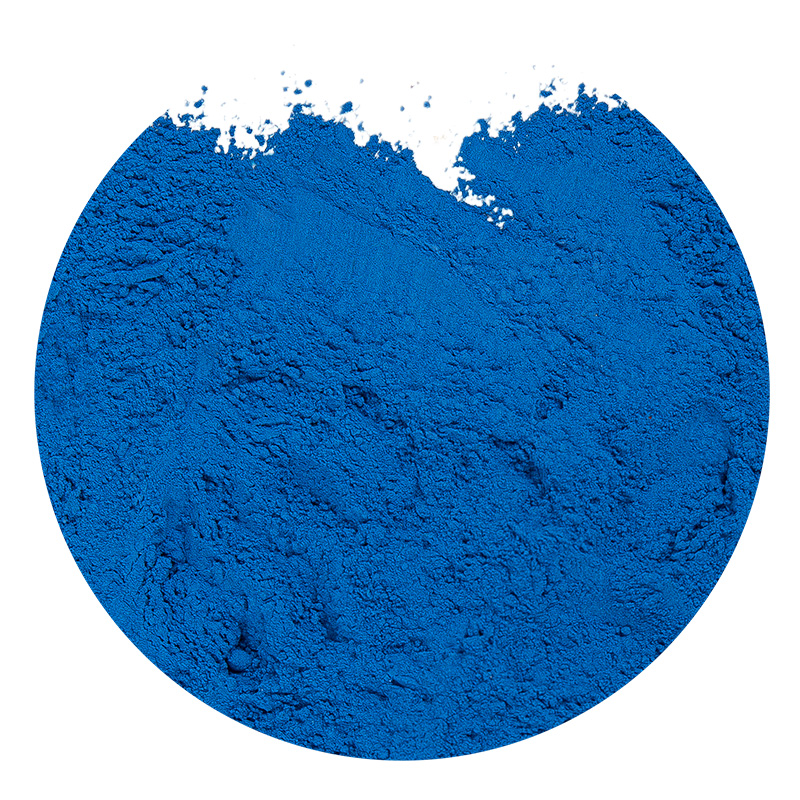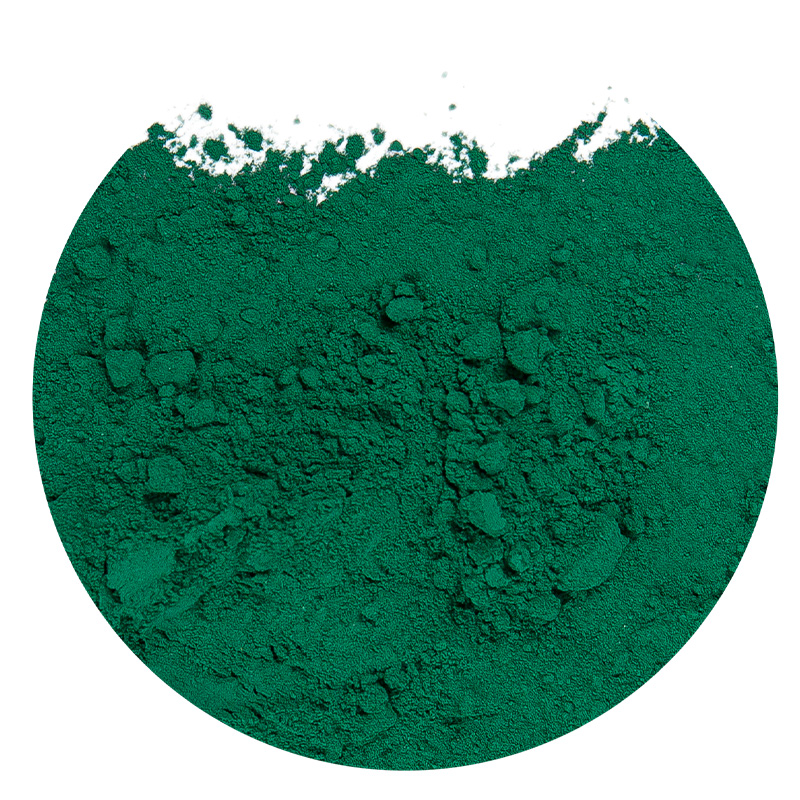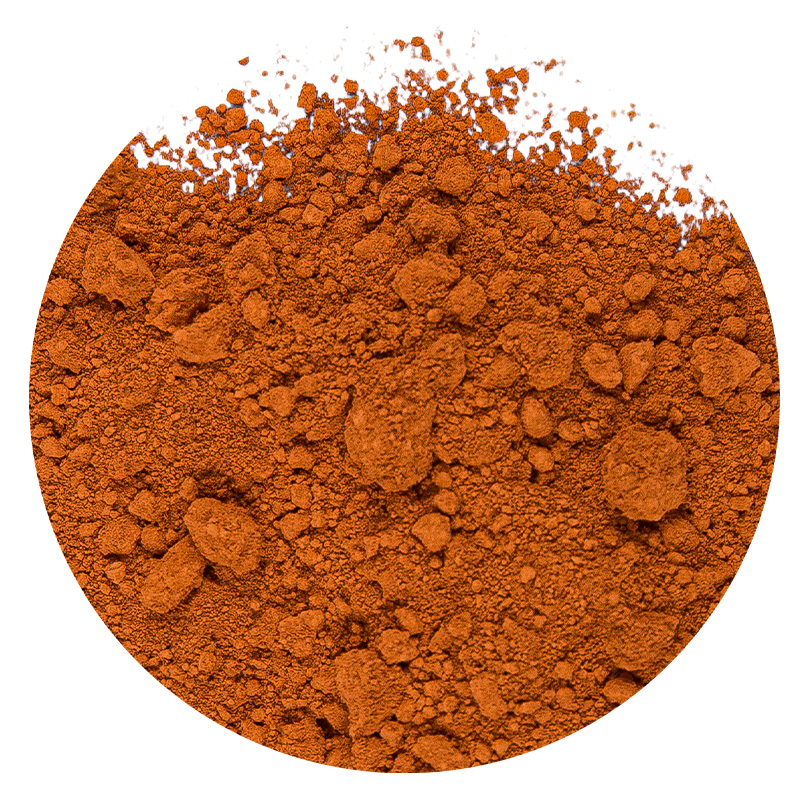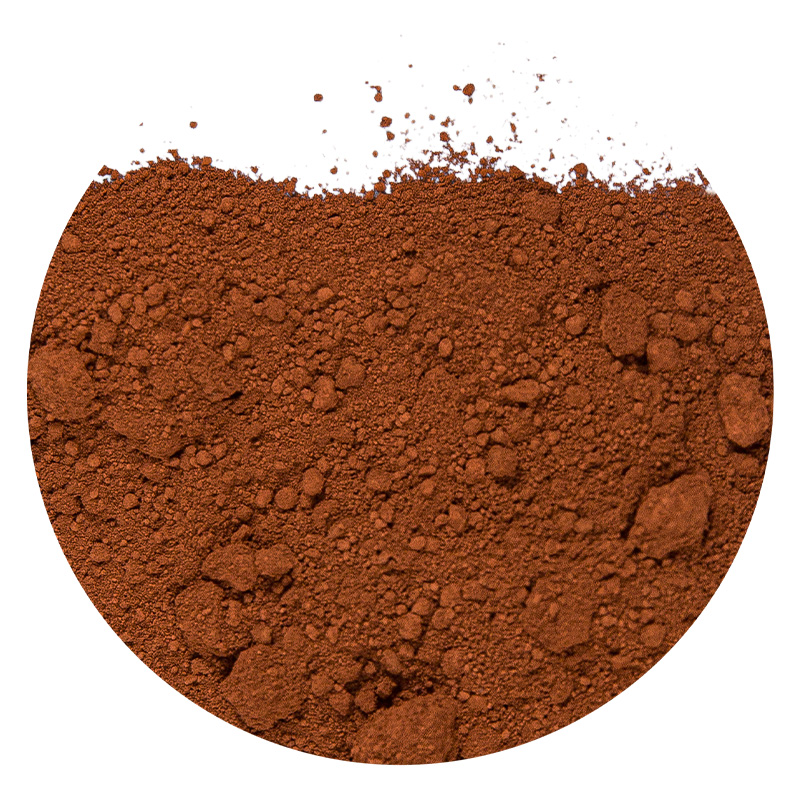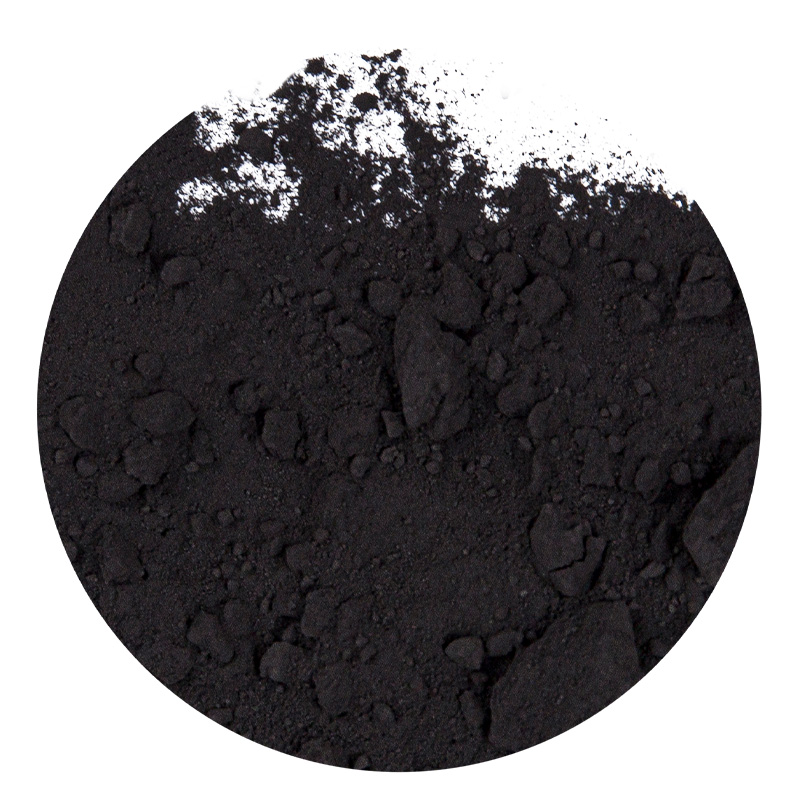Is Iron Oxide Red Toxic? Is Its Use Safe in Food and Cosmetics?
Understanding Iron Oxide Red and Its Safety Profile
Often known as rust, iron oxide red is a pigment that's been used by humans for thousands of years. From ancient cave paintings to modern industrial applications, its vibrant, stable color has made it a favorite. However, as with any chemical compound, a critical question arises: Is it safe? The answer is nuanced, depending heavily on its purity, manufacturing process, and intended use. This article will delve into the science and regulations behind iron oxide red to clarify its safety profile, especially concerning its use in food and cosmetics.
Chemical Composition and Manufacturing Processes
At its core, iron oxide red is a compound with the chemical formula Fe₂O₃. It's essentially a stable form of iron and oxygen. What's crucial to understand is that not all iron oxide red is created equal. The safety and quality of the pigment are directly tied to how it's sourced and produced. A key distinction exists between naturally occurring hematite and synthetically produced versions.
Natural vs. Synthetic
While both are chemically the same, their origins and impurity levels differ significantly. Naturally occurring iron oxide red, or hematite, is mined from the earth. As a result, it can contain trace amounts of other heavy metals like lead or arsenic. Synthetic iron oxide red, on the other hand, is manufactured under controlled conditions, often from iron salts. This process allows for precise control over the pigment's purity, particle size, and color. For this reason, synthetic versions are almost exclusively used in applications requiring high purity, such as food and cosmetics.
Comparing the two, the advantages of the synthetic pigment become clear, particularly regarding safety.
| Characteristic | Natural Iron Oxide Red | Synthetic Iron Oxide Red |
| Source | Mined from the earth (e.g., hematite) | Chemically manufactured from iron salts |
| Purity Level | May contain heavy metal impurities | High purity with controlled trace elements |
| Cost | Generally less expensive to produce | More costly due to controlled manufacturing |
| Application | Industrial paints, construction | Cosmetics, food, pharmaceuticals |
The Importance of Purity
The purity of the pigment is paramount. For example, when used as a food additive, it must be of a specific "food-grade" quality, meaning it has been tested and certified to be free of harmful contaminants. This distinction is what makes a huge difference in safety. An industrial-grade pigment, while effective for its intended purpose, would be unsafe for human consumption or topical application.
Regulatory Frameworks and Acceptable Use
The safety of iron oxide red is not left to chance; it's governed by strict regulations from various global authorities. These bodies establish standards and limitations to ensure that the pigment is used safely and responsibly across different industries.
Global Regulations
Internationally recognized organizations such as the U.S. Food and Drug Administration (FDA) and the European Food Safety Authority (EFSA) play a key role. They evaluate the safety data of color additives and approve them for specific uses. For iron oxide red, these approvals are often conditional, with restrictions on concentration and purity.
Permitted Applications
- Food Coloring: In Europe, iron oxide red is approved as a food additive under the code E172. It is used to color a wide range of products, including sweets, processed meats, and dietary supplements. The key here is that it must be specifically manufactured and certified for this purpose to ensure it's free of toxins. This addresses the question of iron oxide red for food coloring directly, confirming its safety when properly sourced and applied.
- Cosmetic Use: The question, "is iron oxide red safe for cosmetics?", is another common one. The FDA and other regulatory bodies approve it for cosmetic use, including in products for the delicate eye area and lips. Its stability and non-toxicity in its purified form make it an ideal pigment for makeup and skincare.
Safety in Specific Industries
While the regulatory overview provides a general sense of security, it's helpful to look at specific applications to understand the safety considerations in more detail. In the cosmetic and food industries, the stakes are particularly high.
Cosmetics & Personal Care
In cosmetics, the primary concern is skin sensitivity and potential absorption. Fortunately, purified iron oxide red is considered non-irritating and non-sensitizing. Its large particle size prevents it from being absorbed into the skin, meaning it sits on the surface to provide color without penetrating into deeper tissue. This is why it is widely used in foundations, blushes, and lipsticks.
The table below highlights how cosmetic-grade iron oxide red compares to other common cosmetic ingredients.
| Characteristic | Cosmetic-Grade Iron Oxide Red | Common Organic Dyes | Synthetic Fragrances |
| Potential for Irritation | Low to none | Varies, some can be irritating | High potential for irritation and allergy |
| Skin Absorption | Not absorbed due to particle size | Can be absorbed into the skin | Can be absorbed and cause systemic effects |
| Stability | Excellent (light, heat, and pH stable) | Can fade over time | Can degrade or change over time |
Food Industry
For food applications, the most critical aspect is the absence of contaminants. Food-grade iron oxide red is subjected to rigorous testing to ensure there are no harmful heavy metals. It serves as an effective alternative to certain organic dyes, which might pose a risk to sensitive individuals. The focus on purity and non-toxicity confirms its status as a safe color additive when used in accordance with approved standards.
Broader Applications and Safety Considerations
Beyond food and cosmetics, iron oxide red finds its way into numerous other products. In these contexts, the safety concerns shift slightly, focusing on handling and environmental impact rather than ingestion or absorption by the human body.
Construction and Arts
One of the most prominent uses is as a iron oxide red pigment for concrete and other building materials. Its excellent durability and weather resistance make it ideal for coloring bricks, pavers, and stucco. In this context, the primary safety concern is the inhalation of dust during mixing and handling. Therefore, it's essential for workers to use appropriate personal protective equipment (PPE) like masks to prevent respiratory exposure.
Similarly, for artisans, such as those interested in iron oxide red powder in soap making, the main safety precaution is dust control. While the final product (the soap) is safe for use on the skin, handling the fine powder during the crafting process requires care to avoid inhalation.
Toxicity Insights
To address the concern of iron oxide red toxicity and health effects, it's important to differentiate between different forms of iron. While high doses of elemental iron can be toxic, the iron in iron oxide red is in a highly stable, non-reactive form. Research shows that it has a very low level of acute toxicity, with studies showing no significant health risks from occupational exposure when proper handling procedures are followed.
- Acute Toxicity: In a purified, stable form, iron oxide red is not considered acutely toxic. Large doses would be required for any adverse effects.
- Chronic Exposure: The main risk from chronic exposure is linked to inhalation of dust, which can lead to respiratory issues. This is a common risk with many fine powders, not just this pigment.
- Allergenic Properties: Purified iron oxide red is not known to be an allergen and is considered safe for sensitive skin.

 English
English عربى
عربى русский
русский Español
Español



